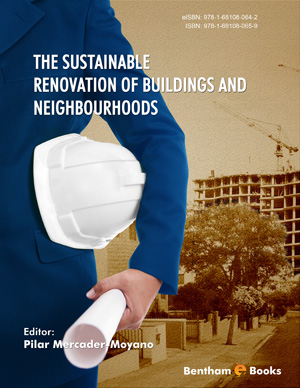Abstract
Polyesters represent a class of polymers comprised of backbone ester linkages offering opportunities to tune the macromolecular properties according to the needs of specific applications. The polyesters developed to date have generated an enormous interest because of their applicability in the biomedical field. Although these are flexible materials in the sense that they can be chemically tuned to obtain the desired properties, one of the important parameters that has to be considered when designing the material for biomedical applications represents the biocompatibility.
The present book chapter aims to review the recent advances for the most commonly studied polyester biomaterials. The first section of this chapter will focus on the synthesis strategies of polyesters as well as possible modification strategies. The second section of this chapter will highlight several polymer processing methods used to obtain scaffolds with different architectures for tissue engineering applications.
Keywords: Biodegradability, biomaterials, polyesters, poly(ethylene terephthalate), poly(glycerol sebacate), polyhydroxyalkanoates, poly(lactic-coglycolic acid), poly(ε-caprolactone), prototyping techniques, scaffolds, tissue engineering.




















